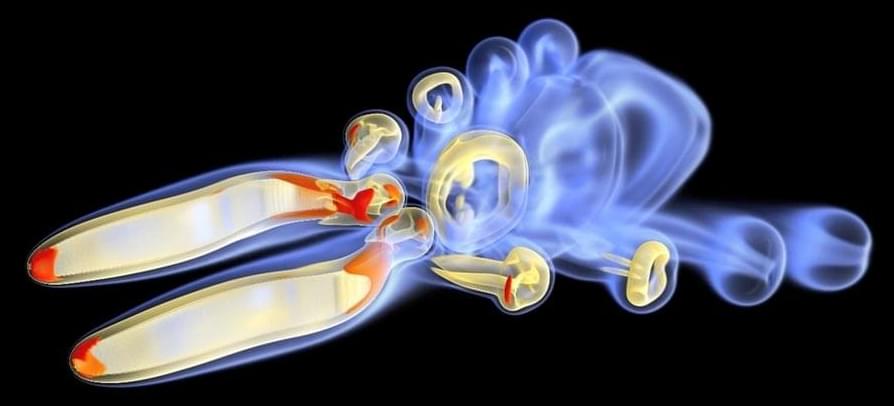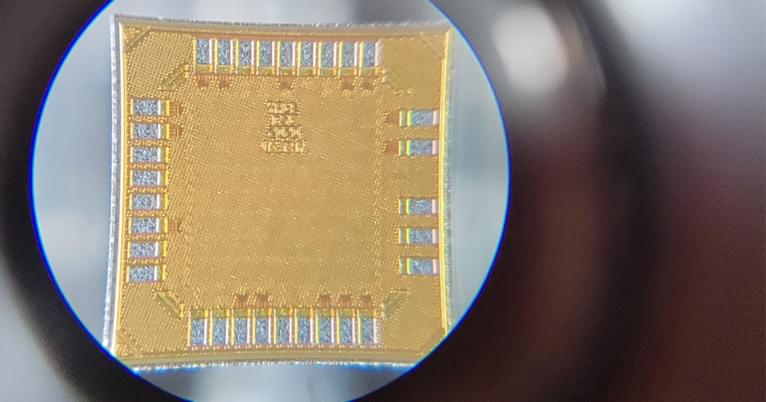Peter Diamandis, Chairman and Co-Founder of Singularity University, discusses the best way to predict the future, and shares his personal philosophies on innovation and the commercial space industry. Flimed at Singularity University’s Executive Program, March 2010.
Subscribe: http://bit.ly/1Wq6gwm.
Connect with Singularity University:
Website: http://singularityu.org.
Singularity HUB: http://singularityhub.com.
Facebook: https://www.facebook.com/singularityu.
Twitter: https://twitter.com/singularityu.
Linkedin: https://www.linkedin.com/company/singularity-university.
Google+: https://plus.google.com/+singularityu.
About Singularity University:









